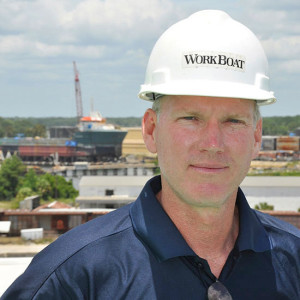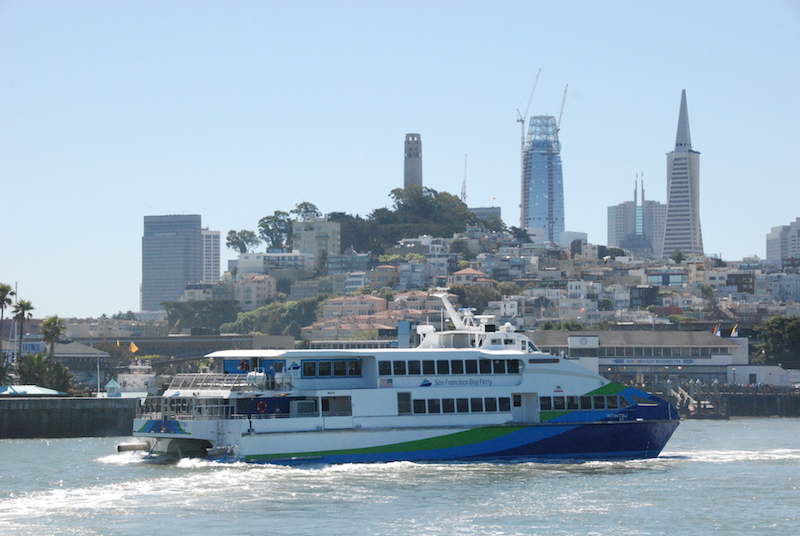Kirk Moore's cover story in the September issue of WorkBoat is all about San Francisco’s big expansion of its WETA public ferry system.
Part of that $175 million expansion plan includes four new 400-passenger ferries being built by Vigor in Ballard, Wash. The first two Subchapter K aluminum catamarans, the Hydrus and Cetus, have been delivered.
As Kirk wrote in a portion of the cover story that hit the cutting floor, with the expansion of its ferry system, San Francisco has almost come full circle. The city was once totally dependent on ferries. By the end of the 1800s nearly 30 ferry operators were in business. The Southern Pacific Company, the largest operator, built its biggest boats with seating capacities of over 1,000 and carried 27 million riders in 1921.
With the arrival of mass-marketed automobiles, more vehicle ferries appeared. North across the bay in Marin County, Sausalito had grown to be a hub for ferry and rail travel, but the Northwestern Pacific Railroad failed to keep up with demands for auto ferries, and a new enterprise, the Golden Gate Ferry Co., was founded in 1920.
San Francisco ferry traffic peaked in 1935-1936, when nearly 50 vessels offering 340 daily arrivals and departures carried as many as 60 million passengers annually. The landmark Ferry Building downtown was as busy as any big city rail station, with 250,000 passengers moving through it daily.
Then, the great bridges were built. The iconic Golden Gate Bridge, pride of U.S. ingenuity, opened in 1937. Ferry patronage from Marin County plummeted, and the Sausalito ferries went out of business less than four years later. Private ferry service ended in 1958.
But years later, with a mandate from the state to reduce congestion, planners began to once again look at ferries. A 1969 study concluded that a new ferry system operated by the Golden Gate Bridge and Highway District would be feasible.
Now there are more than 20 Golden Gate Ferry weekday runs between Larkspur and the city. And more water service is on the way with WETA’s plans to expand its fleet to 16 vessels over the next three years, and 16 ferry terminals by 2035. Its all part of a $1.15 billion capital project. When it comes to ferries, San Francisco is all in.





